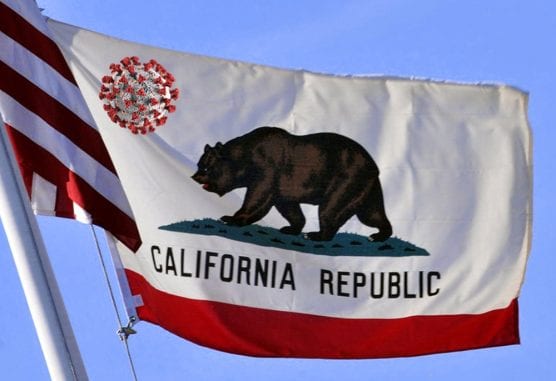SACRAMENTO – The California Department of Public Health announced Thursday the most recent statistics on COVID-19. California now has 3,006 confirmed cases. For more information on COVID-19 and California’s response visit the California Department of Public Health website.
COVID-19 in California by the Numbers
Note: The following numbers reflect information received by local health jurisdictions as of 2 p.m. PDT March 25. More current numbers may be available from local health jurisdictions.
3,006 – Positive cases
65 – Deaths (including one non-California resident)
886 – Community-acquired cases
2,120 – Cases acquired through person-to-person transmission, travel (including cruise ship passengers), repatriation, or under investigation.
This includes 42 health care workers.
Ages of all confirmed positive cases:
Age 0-17: 37 cases
Age 18-49: 1,505 cases
Age 50-64: 764 cases
Age 65+: 678 cases
Unknown: 22 cases
Gender of all confirmed positive cases:
Female: 1,309 cases
Male: 1,665 cases
Unknown: 32 cases
In order to better focus public health resources on the changing needs of California communities, as of March 18, the state no longer collected information about California travelers returning from countries that have confirmed COVID-19 outbreaks. Community transmission of COVID-19 has been identified in California since late February, and since early March, most of the confirmed cases in the state were not related to travel outside of the United States.
Testing in California
As of 2 p.m. PDT on March 25, approximately 77,800 tests had been conducted in California. This includes the latest numbers California has received from commercial and private labs and the 22 state and county health labs that are currently testing. Commercial, provider and academic labs have increased testing capacity and are now reporting that data to the state. The biggest labs included in this count include Quest, LabCorp, Kaiser, University of California and Stanford.
At least 20,386 results have been received and another 57,400 are pending.
How People Can Protect Themselves
Every person has a role to play. Protecting yourself and your family comes down to common sense:
– Staying home except for essential needs/activities.
– Practicing social distancing.
– Washing hands with soap and water for a minimum of 20 seconds.
– Avoiding touching eyes, nose or mouth with unwashed hands.
– Covering a cough or sneeze with your sleeve, or disposable tissue. Wash your hands afterward.
– Avoiding close contact with people who are sick.
– Staying away from work, school or other people if you become sick with respiratory symptoms like fever and cough.
– Following guidance from public health officials.
What to Do if You Think You’re Sick
Call ahead: If you are experiencing symptoms of COVID-19 (fever, cough or shortness of breath) and may have had contact with a person with COVID-19, or recently traveled to countries with apparent community spread, call your health care provider before seeking medical care so that appropriate precautions can be taken.
For more information about what Californians can do to prevent the spread of COVID-19, visit Coronavirus (COVID-19) in California.
California continues to issue guidance on preparing and protecting California from COVID-19. Consolidated guidance is available.
Like this:
Like Loading...
Related





 Tweet This
Tweet This Facebook
Facebook Digg This
Digg This Bookmark
Bookmark Stumble
Stumble RSS
RSS


























REAL NAMES ONLY: All posters must use their real individual or business name. This applies equally to Twitter account holders who use a nickname.
0 Comments
You can be the first one to leave a comment.